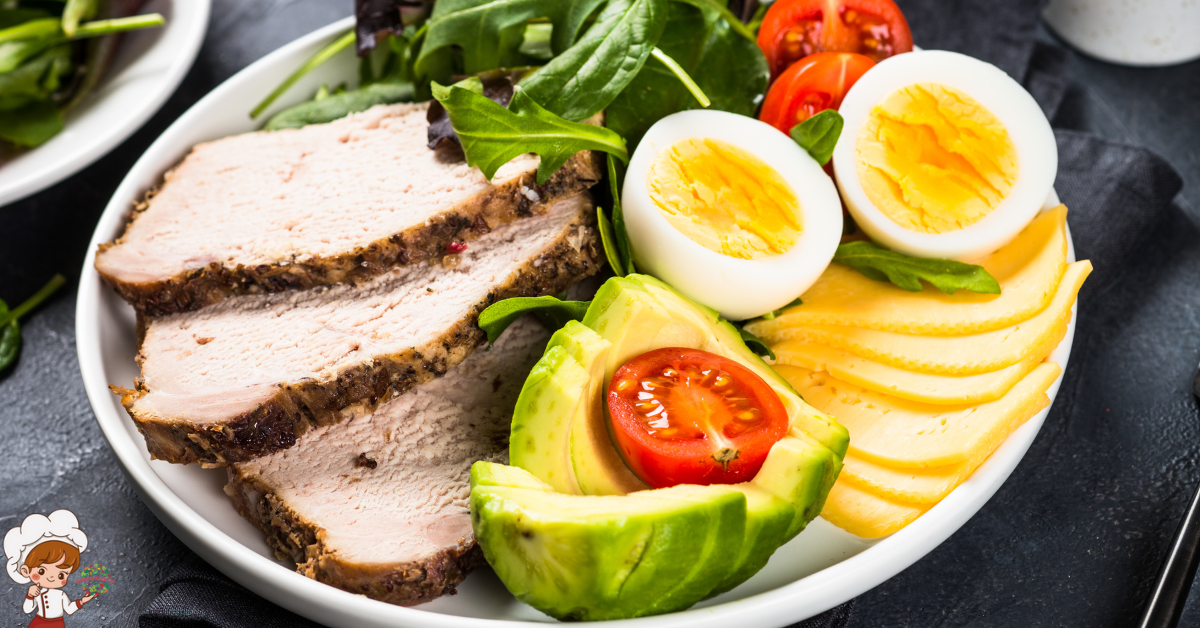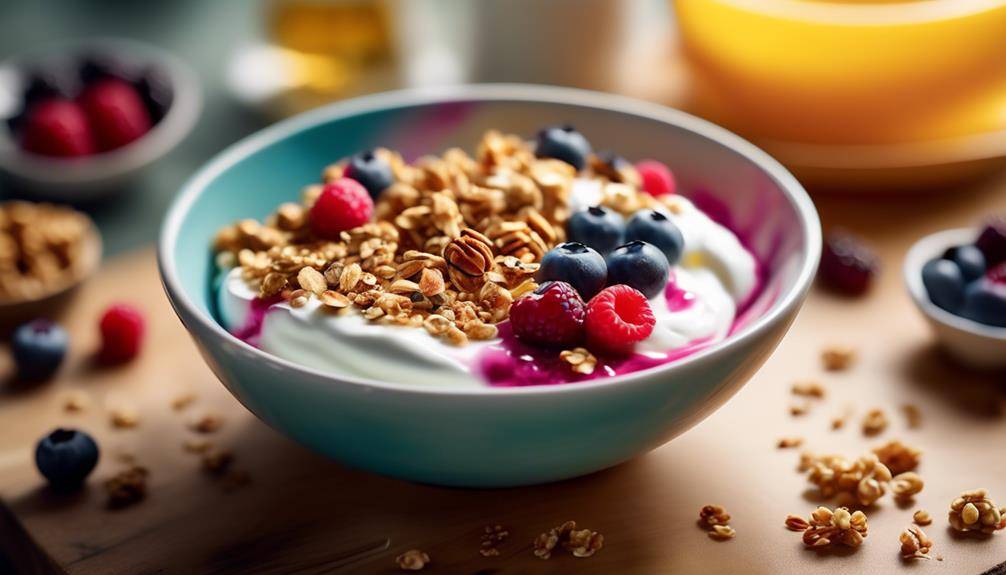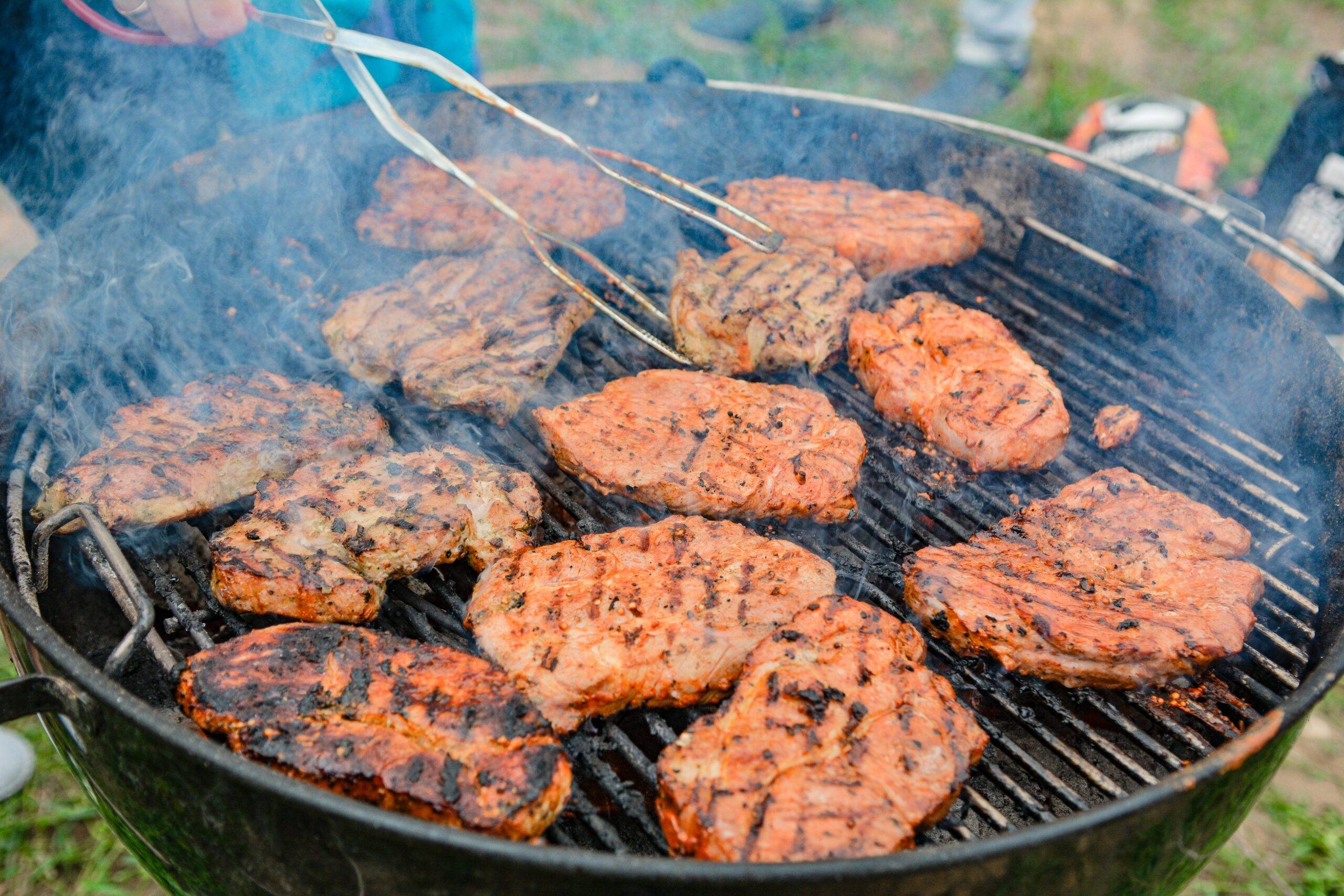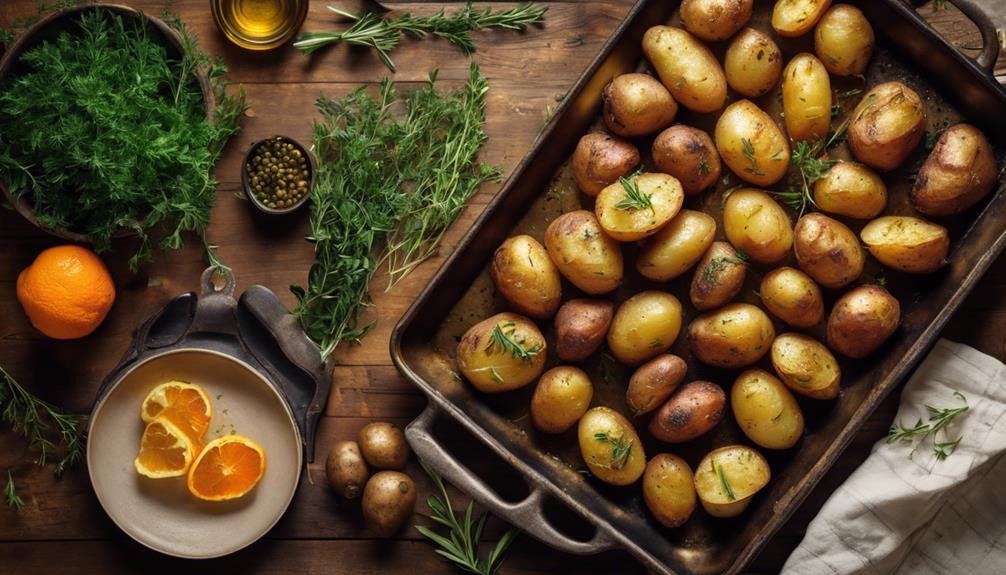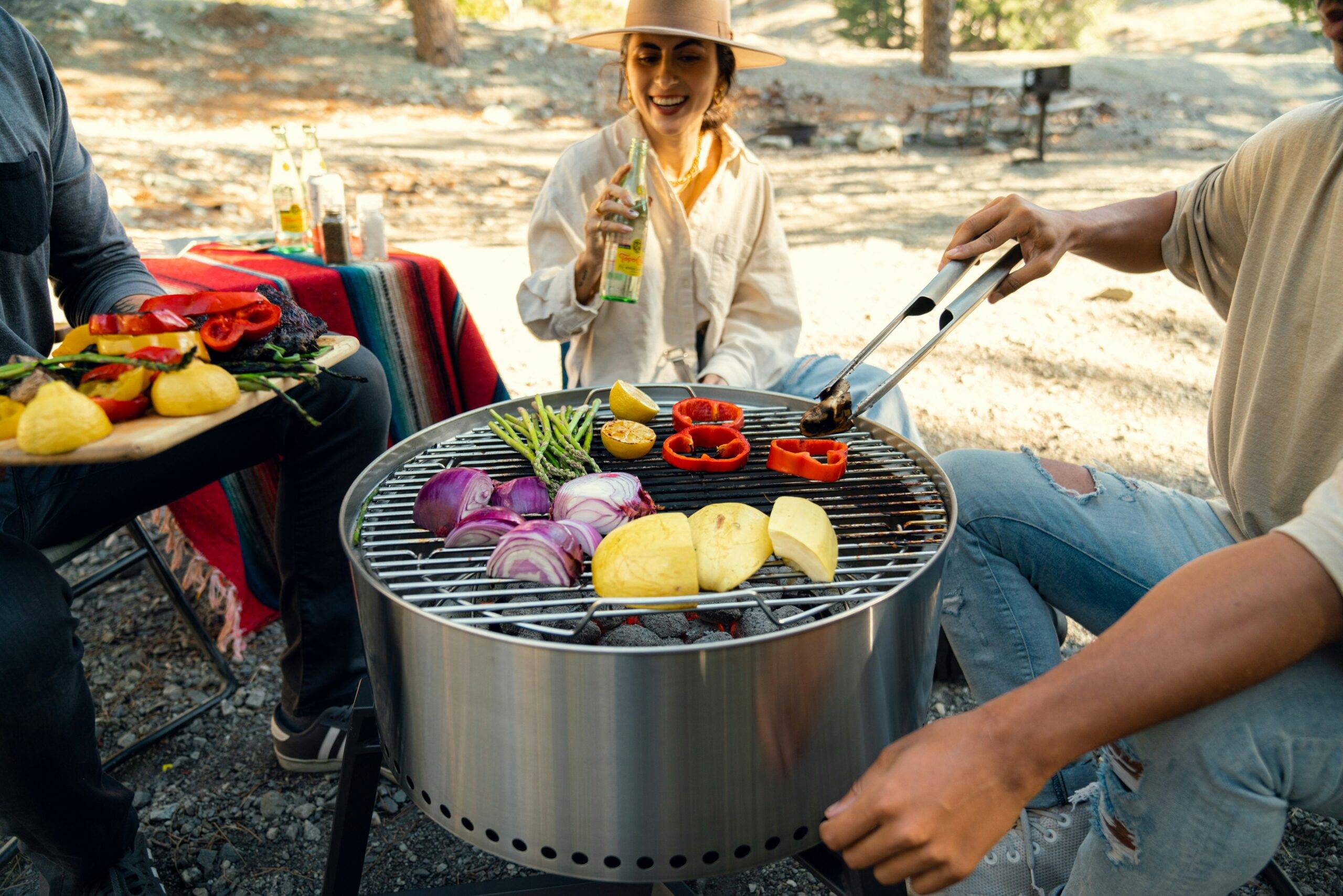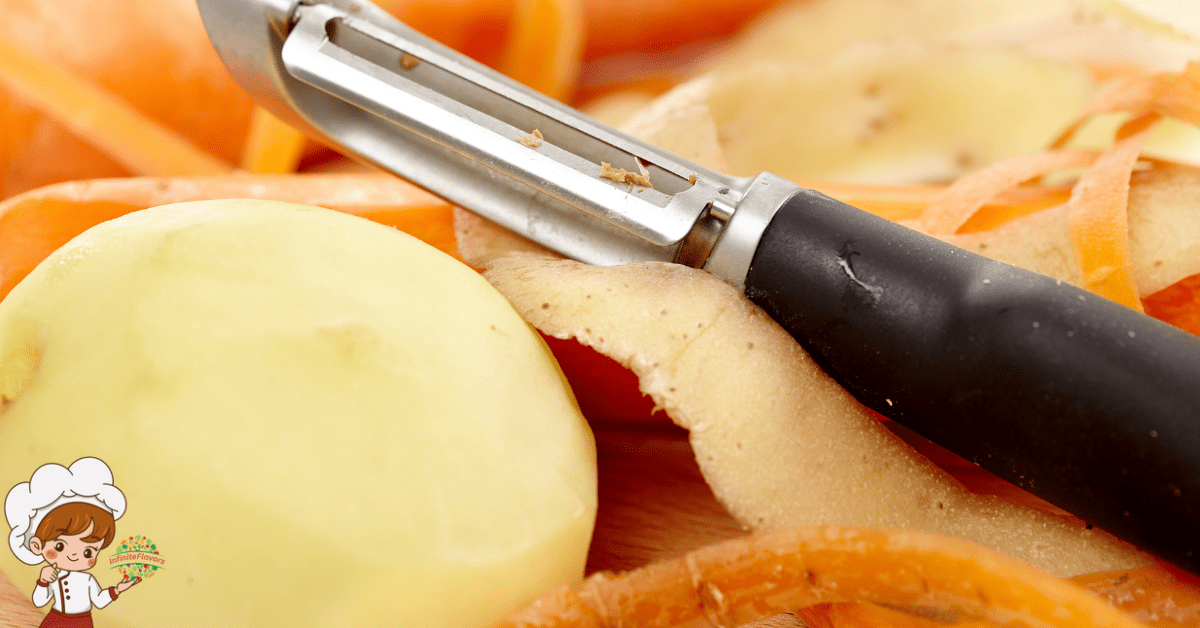The Best Guide To High-Altitude Baking
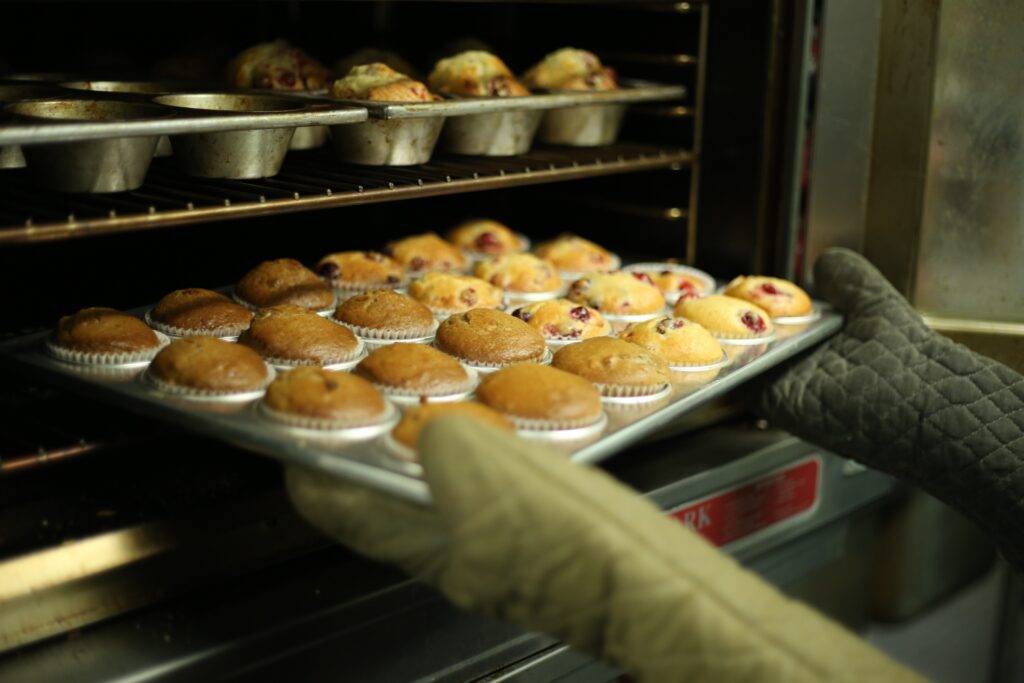
High-Altitude Baking: Did you know that baking at high altitudes can drastically affect the outcome of your favorite recipes? If you’ve ever tried to bake a cake or cookies and ended up with a disappointing result, don’t worry – you’re not alone. High-altitude baking requires a different set of techniques and adjustments to ensure delicious and perfectly baked treats. That’s where “High-Altitude Baking: A Comprehensive How-To Guide” comes in. This guide is here to help you navigate the challenges of baking at higher elevations, with step-by-step instructions, expert tips, and foolproof recipes. Whether you’re a seasoned baker or just starting out, this guide will equip you with the knowledge and skills to achieve baking success at any altitude.
Bake with Style—Click Here For Our Collection and Start Creating
Understanding the Science of High-Altitude Baking
To understand the science of high-altitude baking, you need to grasp how changes in atmospheric pressure and oxygen levels affect the baking process. When you bake at high altitudes, the lower atmospheric pressure has a significant impact on the rising of your baked goods. Due to the reduced pressure, the gases trapped in the dough or batter expand more rapidly, causing the dough to rise faster. This can lead to a lighter and fluffier texture in your finished product.
Additionally, at higher altitudes, the air is thinner, which means there is less oxygen available. This affects the leavening process in baking, as yeast needs oxygen to grow and produce carbon dioxide. To compensate for the decreased oxygen levels, you may need to increase the amount of yeast used or extend the rising time to ensure proper fermentation.
Furthermore, high altitude baking techniques can help overcome some of the challenges posed by the effects of altitude on baking. For example, adjusting the temperature and baking time is crucial. At higher elevations, the lower boiling point of water can cause baked goods to dry out more quickly. Therefore, reducing the oven temperature slightly and increasing the baking time can help retain moisture and prevent over-browning.
In addition to temperature adjustments, altering ingredient ratios can also be beneficial. Increasing the amount of liquid, such as water or milk, can help counterbalance the dryness caused by the high altitude. Adding a bit more flour can provide additional structure and stability to the dough.
Understanding the science behind high-altitude baking and implementing these techniques will improve your baking results at higher elevations. It may take some trial and error to find the perfect adjustments for your specific location, but with practice, you’ll achieve delicious and consistent baked goods even in the mountains.
Bake with Style—Click Here For Our Collection and Start Creating
Adjusting Your Recipes for Higher Elevations
Make adjustments to your recipes when baking at higher elevations. Baking at high altitudes can be challenging due to the lower air pressure and humidity. These factors affect the way ingredients behave, resulting in potential issues such as cakes that sink, cookies that spread too much, or bread that doesn’t rise properly. However, with a few adjustments to your recipes, you can achieve delicious baked goods even at higher elevations.
One key adjustment is to modify the ratios of certain ingredients. Since the lower air pressure causes leavening agents, such as baking powder and yeast, to work more quickly, it’s important to reduce the amount used. Decrease the baking powder by 1/8 to 1/4 teaspoon for every teaspoon called for in the recipe. Similarly, when using yeast, reducing it by 25% can help control the rising process.
Another important aspect is the liquid content of your recipe. At higher elevations, liquids evaporate more quickly. To compensate for this, you may need to increase the amount of liquid called for in the recipe. Start by adding an extra 2 to 4 tablespoons of liquid per cup of flour and adjust as needed.
Troubleshooting techniques are also valuable when adjusting recipes for higher elevations. If your cakes have a tendency to sink, try increasing the oven temperature by 25 degrees Fahrenheit. This will help set the structure of the cake faster. If your cookies spread too much, chill the dough for at least 30 minutes before baking. For bread that doesn’t rise properly, increase the amount of yeast or let the dough rise for a longer period.
Essential Tools and Ingredients for High-Altitude Baking
When baking at higher elevations, it is essential to have the right tools and ingredients to ensure successful results. Here are four essential items that will help you conquer high-altitude baking:
- High altitude baking equipment: Investing in the right equipment can make a world of difference in your baking outcomes. One crucial tool is an oven thermometer, which will help you accurately gauge the temperature inside your oven. This is particularly important at high altitudes where the air is thinner and can affect baking times and temperatures. Another useful tool is an adjustable cake strip, which helps your cakes bake more evenly by insulating the sides of the pan.
- Alternative ingredients for high altitude baking: Because high altitude can affect the behavior of ingredients, it’s important to make some adjustments. One common adjustment is to decrease the amount of leavening agents, such as baking powder or baking soda, as they can cause baked goods to rise too quickly and then collapse. Additionally, you may need to increase the amount of liquid in your recipes, as the dry air at high altitudes can cause baked goods to dry out more quickly.
- Parchment paper: Parchment paper is a baker’s best friend, especially at high altitudes. Its non-stick surface makes it easy to remove baked goods from pans without sticking or breaking. This is particularly useful when baking delicate items like cakes or cookies that can be more prone to sticking at higher elevations.
- Digital scale: Precision is key in high-altitude baking, and a digital scale can help you achieve it. Measuring ingredients by weight rather than volume ensures accuracy, as the density of ingredients can vary at different altitudes. With a digital scale, you can easily measure ingredients in grams or ounces, giving you consistent results every time.
Mastering the Art of Proper Mixing Techniques
When it comes to high-altitude baking, mastering proper mixing techniques is crucial for achieving the perfect texture and consistency in your baked goods. One key point to remember is to avoid over-mixing the dough, as this can result in a tough and dense final product. Additionally, it is important to ensure that all ingredients are incorporated evenly throughout the batter to ensure consistent flavor and texture in every bite.
Bake with Style—Click Here For Our Collection and Start Creating
Avoid Over-Mixing Dough
Ensure optimal results by mastering the art of proper mixing techniques and avoiding over-mixing dough. Here are four key tips to help you achieve success in your high-altitude baking:
- Know your recipe: Start by carefully reading the recipe and understanding the required mixing time. Follow the instructions closely to prevent over-mixing.
- Use the right tools: Invest in a high-quality stand mixer or hand mixer with adjustable speed settings. This will allow you to mix the dough at the appropriate speed without over-mixing.
- Mix until just combined: Mix the ingredients until they are just incorporated. Over-mixing can lead to excessive gluten development, resulting in tough and dense baked goods.
- Hand mixing technique: If you prefer hand mixing, use a gentle folding motion, ensuring all ingredients are evenly distributed without excessive mixing.
Incorporating Ingredients Evenly
To evenly incorporate ingredients, start by gently folding them together until just combined. This technique ensures that all the ingredients are evenly distributed throughout the mixture, resulting in a more uniform texture and taste in your baked goods. When folding, use a spatula or a large spoon, and make sure to scrape the sides and bottom of the bowl to incorporate any pockets of unmixed ingredients.
Avoid over-mixing, as this can lead to tough and dense baked goods. Different mixing methods can also be used to achieve even distribution of ingredients. For example, the creaming method involves beating softened butter and sugar together until light and fluffy, while the muffin method requires mixing the dry ingredients separately from the wet ingredients before combining them. Understanding these mixing techniques will help you achieve perfect results in your high-altitude baking endeavors.
Bake with Style—Click Here For Our Collection and Start Creating
Achieving Perfect Leavening in High-Altitude Baking
For achieving perfect leavening in high-altitude baking, incorporate the right techniques and ingredients into your recipes. Here are four important tips to help you achieve consistent results and troubleshoot common issues:
- Adjust the leavening agents: At high altitudes, the reduced air pressure affects the rising process. To counteract this, increase the amount of baking powder or baking soda in your recipe. However, be careful not to overdo it, as too much leavening agent can cause your baked goods to collapse or taste bitter.
- Decrease the sugar: Sugar has a tendency to weaken the structure of baked goods, making them more prone to sinking or spreading at high altitudes. Reduce the amount of sugar in your recipe by about 1 to 2 tablespoons per cup to help maintain the desired texture and rise.
- Increase the liquid: At higher elevations, the air is drier, which can result in dry and crumbly baked goods. To combat this, add a bit more liquid to your recipes. This will help keep your baked goods moist and tender. Start by adding an extra tablespoon or two of liquid and adjust as needed for the desired consistency.
- Adjust the oven temperature and baking time: Due to the lower boiling point of water at higher altitudes, baked goods may take longer to cook and set. Increase the oven temperature by 15-25 degrees Fahrenheit and decrease the baking time slightly. Keep a close eye on your baked goods and use a toothpick or cake tester to check for doneness.
Tips for Preventing Dryness and Over-Browning
To prevent dryness and over-browning in your high-altitude baking, you can take certain measures to ensure optimum results. Achieving moistness and preventing over browning are crucial factors in baking at high altitudes. Here are some tips to help you achieve these goals.
Firstly, adjust the liquid content in your recipes. At high altitudes, the air is drier, which can cause baked goods to dry out quickly. Increase the liquid in your recipes by 2-4 tablespoons per cup of flour to counteract this effect. This additional liquid will help keep your baked goods moist and prevent them from becoming too dry.
Next, consider reducing the baking temperature slightly. Higher temperatures can lead to over-browning, especially on the top of your baked goods. Lowering the temperature by around 25°F (14°C) can help prevent this. However, keep in mind that baking times may need to be adjusted accordingly.
Another tip is to use a lower rack position in your oven. Placing your baked goods on a lower rack can help prevent excessive browning on the top. This allows for more even heat distribution, resulting in a more evenly baked product.
Lastly, consider using a lighter-colored baking pan. Darker pans tend to absorb more heat and can cause over-browning. Opting for a lighter-colored pan can help prevent this issue and ensure that your baked goods come out with a more desirable color.
Foolproof High-Altitude Baking Recipes for Success
Master high-altitude baking with these foolproof recipes for success. When it comes to baking at high altitudes, it can be challenging to achieve perfect results. However, with these tried and tested recipes, you can confidently create delicious treats that will impress everyone. Here are four foolproof high-altitude baking recipes that will help you overcome common baking mistakes and ensure your baked goods turn out perfectly every time.
- Moist Chocolate Cake: To combat dryness at high altitudes, replace some of the granulated sugar with brown sugar, which adds moisture. Additionally, increase the amount of liquid in the recipe, such as adding an extra tablespoon or two of milk or buttermilk. This will result in a moist and decadent chocolate cake that will leave everyone wanting more.
- Light and Fluffy Biscuits: Achieving flaky biscuits at high altitudes can be tricky, but by using a combination of cake flour and all-purpose flour, you can create a lighter texture. Also, make sure to handle the dough gently, as overworking it can lead to tough biscuits. Serve these biscuits warm with butter or jam for a delightful breakfast treat.
- Perfectly Crispy Pizza Crust: To prevent a dense and doughy pizza crust, use bread flour instead of all-purpose flour. Bread flour has a higher protein content, which helps create a chewy and crispy crust. Consider using a pizza stone or a preheated baking sheet to ensure even heat distribution and achieve that perfect crunch.
- Soft and Chewy Chocolate Chip Cookies: Avoid flat and spread-out cookies by chilling the cookie dough for at least 30 minutes before baking. This will help the cookies retain their shape and prevent excessive spreading. Additionally, consider using a combination of butter and shortening for a softer and chewier texture.
With these foolproof substitutions and techniques, you can overcome the challenges of high-altitude baking and enjoy delectable treats every time. Happy baking!
Bake with Style—Click Here For Our Collection and Start Creating
Frequently Asked Questions
How Do I Adjust Baking Times for High-Altitude Baking?
To adjust baking times for high-altitude baking, reduce the leavening agents by 25% and increase the baking temperature by 25 degrees Fahrenheit. Additionally, use these tips for high altitude bread baking to ensure successful results.
Can I Use the Same Type of Flour at High Altitudes?
Yes, you can use the same type of flour at high altitudes. However, you may need to make adjustments to the recipe by using alternative ingredients or adding more moisture to compensate for the dryness.
Are There Any Specific Ingredients That I Should Avoid Using in High-Altitude Baking?
When baking at high altitudes, it’s important to avoid certain ingredients that can negatively affect the outcome. Common mistakes include using too much leavening agents and sugar. Keep an eye out for these pitfalls!
What Is the Best Way to Store High-Altitude Baked Goods to Maintain Freshness?
To maintain the freshness of your high-altitude baked goods, store them properly. Keep them in airtight containers or wrap them tightly in plastic wrap. Store at room temperature or freeze for longer shelf life.
How Can I Prevent My Cakes From Sinking in the Middle at High Altitudes?
To prevent your cakes from sinking in the middle at high altitudes, adjust your recipes by decreasing leavening agents and increasing flour and liquid. Common mistakes include overmixing and not preheating the oven properly.
Conclusion
In conclusion, high-altitude baking can be a challenging but rewarding endeavor. By understanding the science behind it and making necessary adjustments to your recipes, you can achieve delicious results at higher elevations. With the right tools, ingredients, and mixing techniques, you can ensure proper leavening and prevent dryness and over-browning. By following these tips and trying out some foolproof high-altitude baking recipes, you’ll be well on your way to becoming a master baker in the mountains. Happy baking!



